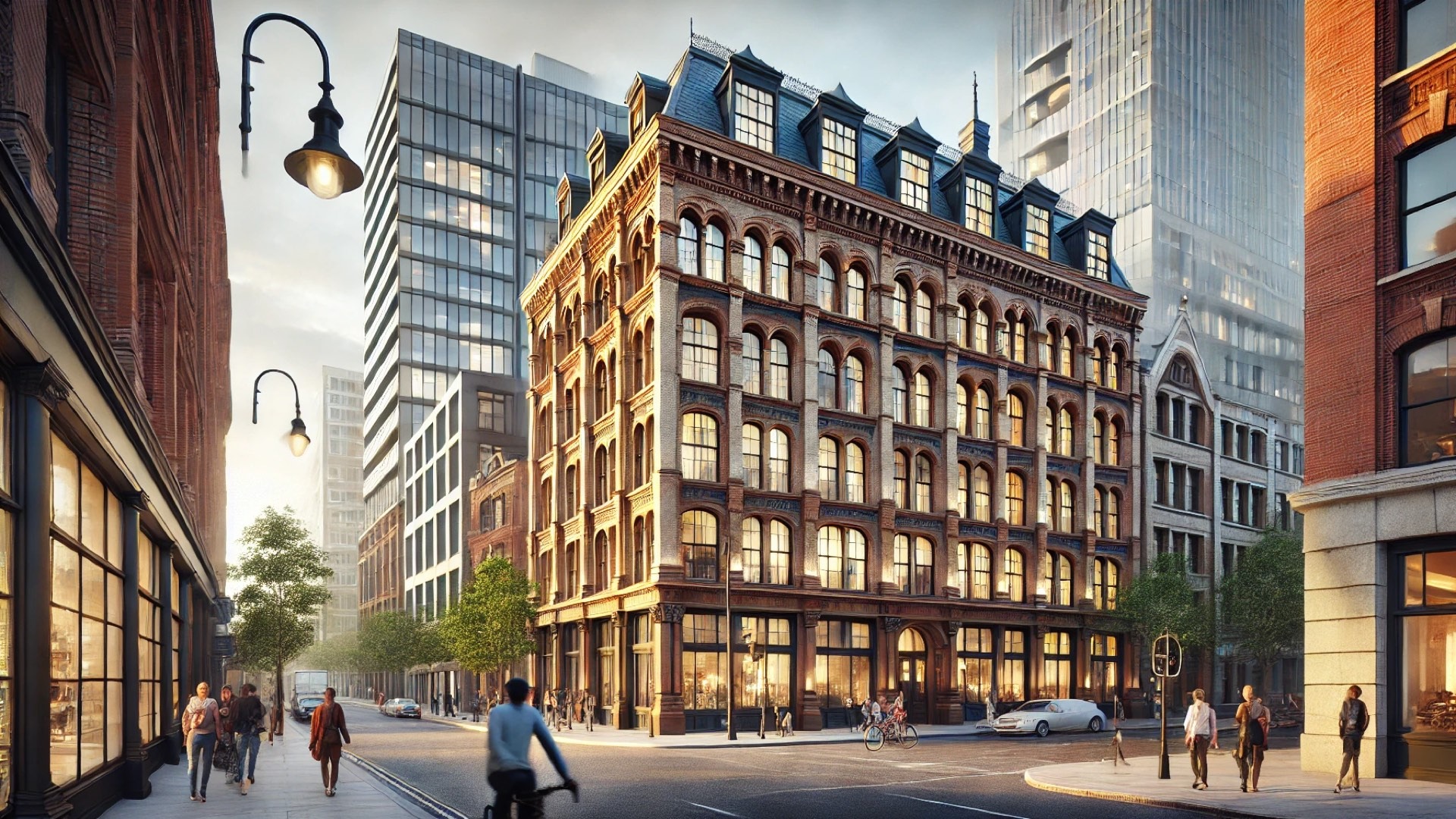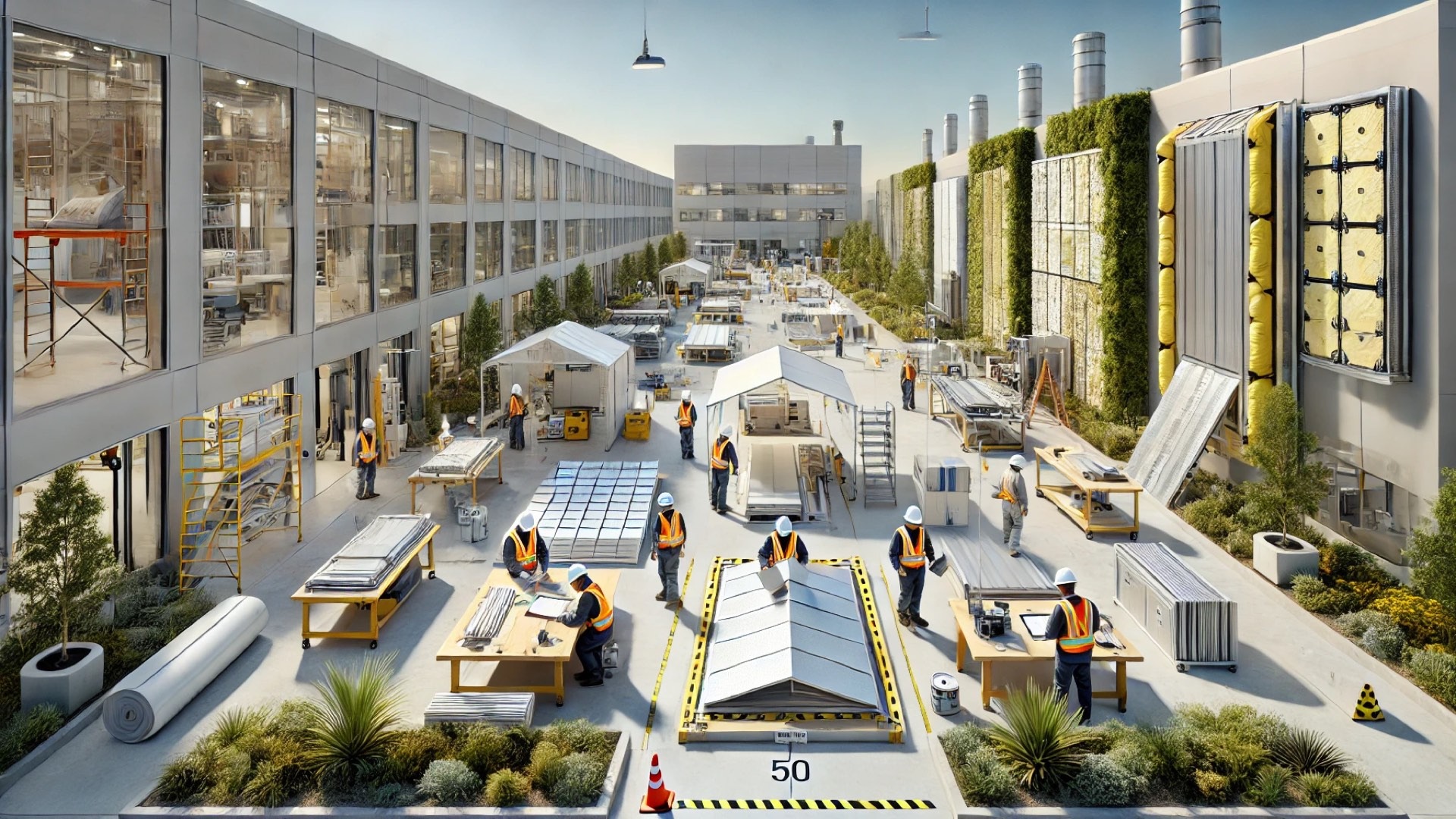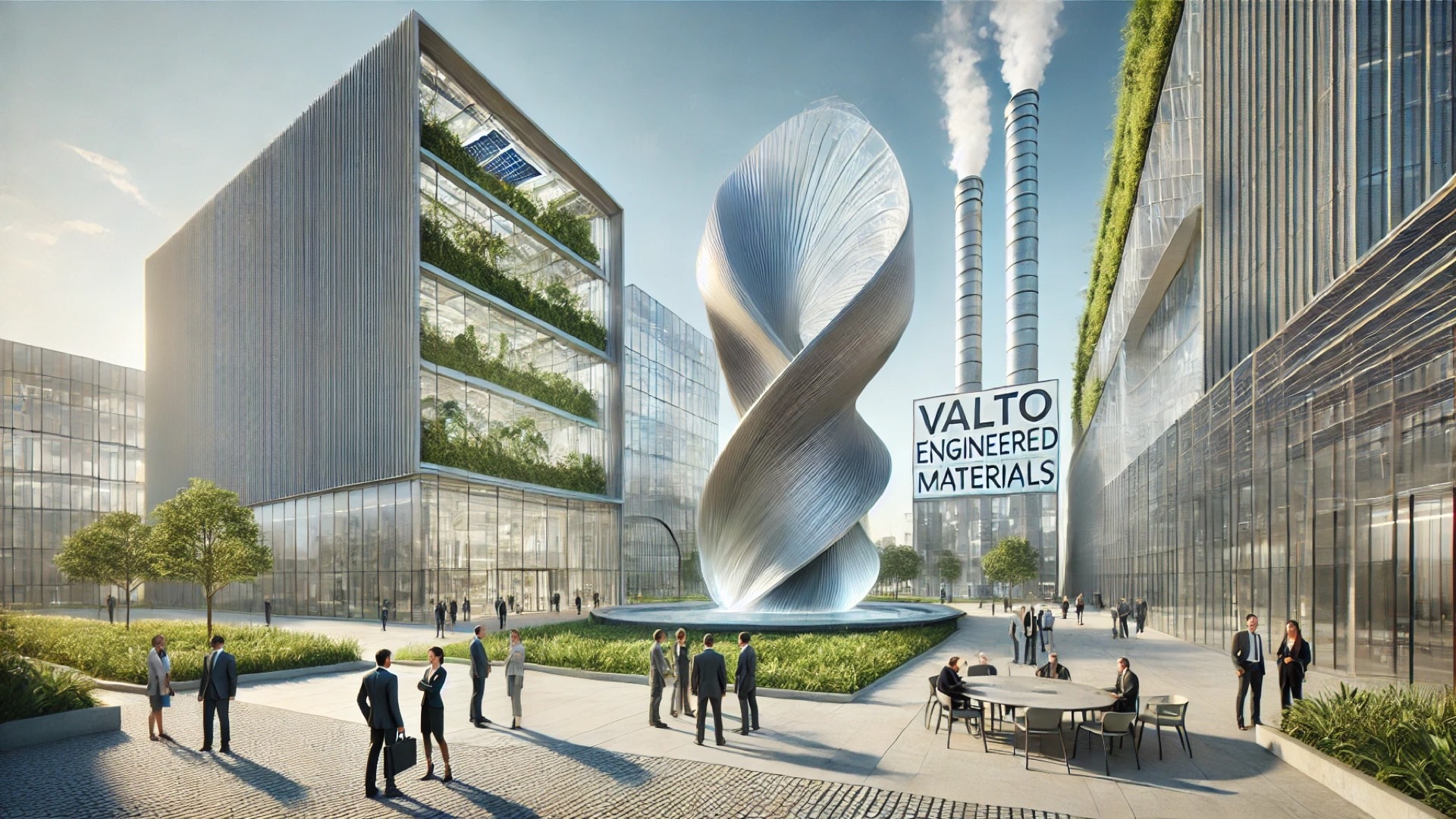
Reviving 19th Century Aesthetics with Modern Materials
The resurgence of 19th-century design aesthetics is not merely a nostalgic journey; it encapsulates a deep appreciation for craftsmanship and tradition made relevant through modern innovation. Utilizing brick as a primary material, architects are able to recreate the intricate designs, vibrant colors, and textured facades reminiscent of the era, invoking a sense of historical charm that resonates with today’s preferences for authenticity and character.
Why Brick? The Material Advantage
Brick has long been celebrated for its durability and aesthetic versatility. When examining the advantages of using brick to evoke 19th-century architecture, key factors include its thermal mass, which can enhance energy efficiency in modern buildings, and its ability to weather beautifully over time. Unlike many contemporary materials, brick develops a patina that adds to its visual appeal.
Architectural Examples Showcasing Brick's Timeless Appeal
Many prominent architectural projects today are leveraging brick to honor this design language. The conversion of old factory buildings into contemporary living spaces has become increasingly popular, demonstrating how brick can bridge the gap between old and new. For instance, stunning repurposing projects highlight intricate archways, decorative cornices, and patterned brickwork that echo a strong connection to the past while providing modern functionality.
Design Considerations: Blending Old with New
Emulating a classic aesthetic with brick involves an intricate design process where form meeting function must be meticulously planned. Architects are now experimenting with blend textures, colors, and patterns that not only uphold historical relevance but also cater to contemporary needs concerning safety, sustainability, and aesthetics.
Future Trends in Brick Architecture
As society progresses, the architectural trend points toward sustainability and green-building practices. Environmentally friendly bricks that utilize less energy in their production are emerging, aligning with the modern values of eco-conscious living. The juxtaposition of sustainable building with timeless materiality serves a dual purpose: respecting historicity while encouraging future innovation.
Conclusion: The Enduring Value of Brick Aesthetics
Using brick to emulate a 19th-century design aesthetic is about more than just appearance; it's an investment in quality, durability, and historical context. As architectural trends evolve, the use of brick remains pivotal for those aiming to blend craftsmanship with contemporary needs. With insights into the ROI of using traditional materials for modern applications, stakeholders are encouraged to embrace brick not just for its look, but for its value in creating lasting architectures.
 Add Row
Add Row  Add
Add 




Write A Comment